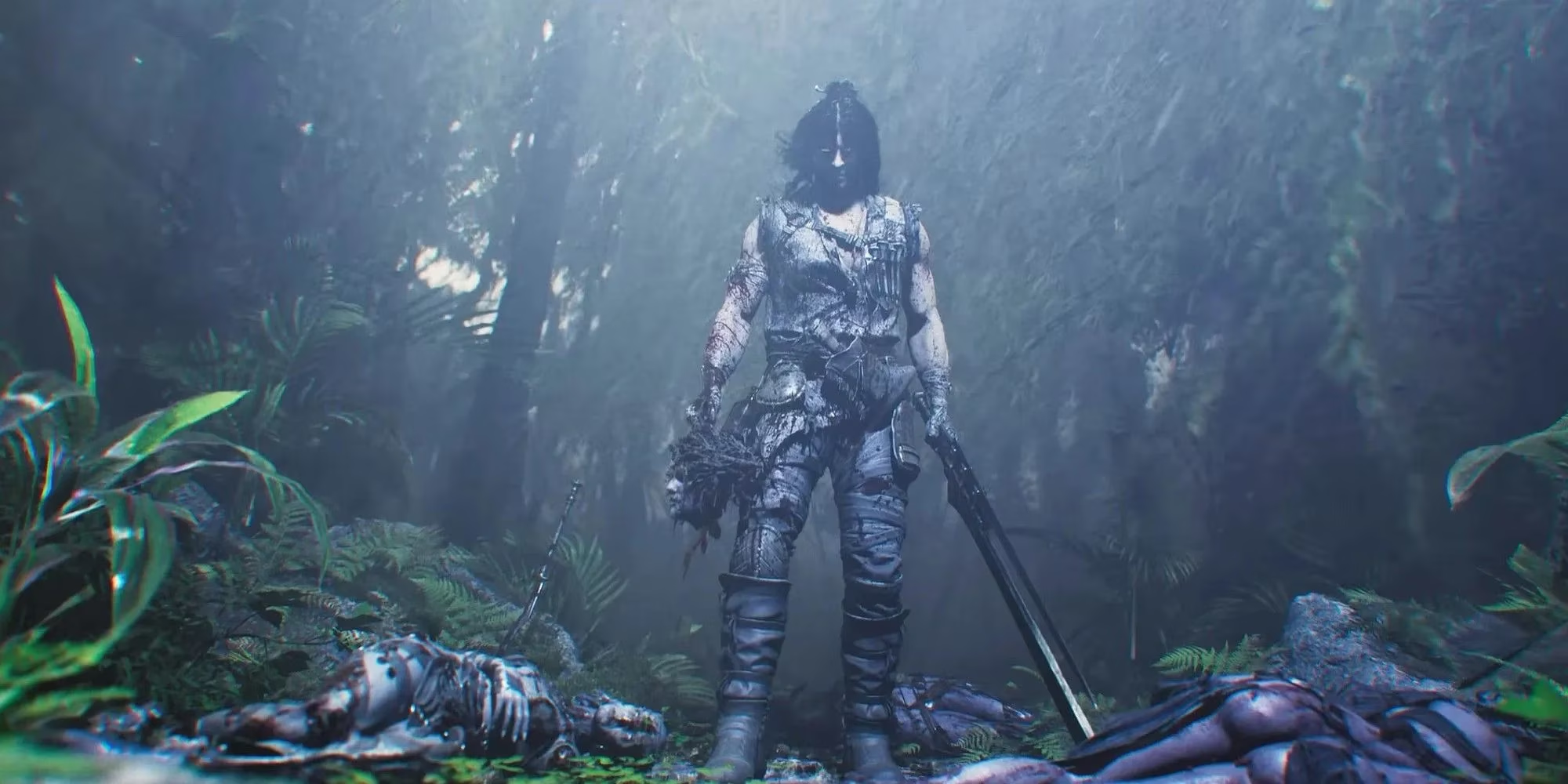My Journey into Krafton's Fantasy Realm Project Windless
Discover the captivating blend of East Asian folklore and Unreal Engine 5 visuals in Project Windless, a revolutionary fantasy RPG with rich storytelling.
Back in 2022, when I first stumbled upon that visual concept trailer, it felt like discovering a hidden treasure chest in the vast ocean of gaming announcements. I remember sitting in my dimly lit room, scrolling through feeds late at night, when the haunting imagery of Krafton's unannounced RPG flickered on my screen. It wasn't just another game tease; it was a portal to a world I'd never imagined possible. As a lifelong fan of fantasy epics, this trailer promised something raw and visceral, drawing me into its dark embrace. Fast forward to 2025, and I'm still captivated by how Project Windless has evolved from those early glimpses into a beacon of innovation in our gaming landscape. The journey from concept to near-reality has been a rollercoaster of anticipation, blending nostalgia with the thrill of the unknown.

That initial trailer was a masterclass in storytelling through visuals alone. I recall the chills down my spine as I watched Kagan Draka, the Nhaga Slayer, stride through mist-shrouded woods. 😱 His rugged appearance and the eerie presence of talking disembodied heads hinted at a narrative depth I craved. It wasn't just about the action; it was the atmosphere—Unreal Engine 5 weaving shadows and light into a tapestry of conflict. Krafton described it as an "epic-scale mature fantasy," and boy, did that resonate. Like many players, I've spent countless hours in The Witcher 3's world, so hearing comparisons to Geralt of Rivia's adventures felt like a siren call. But Project Windless promised its own twist: a universe rooted in East Asian folklore, not the tired elves and dwarfs we're all too familiar with. This unique blend of mythos is what hooked me—instead of orcs, we have Nhaga, creatures whispering ancient secrets.
-
Kagan Draka's character arc: He's not your typical hero; as the Nhaga Slayer, his journey explores themes of redemption and inner turmoil. I often ponder how he mirrors Geralt but with a cultural twist—maybe it's the weight of his past sins that makes him so compelling.
-
The world-building magic: Crafted over two years by design director Iain McCaig, who brought Star Wars and Marvel vibes to life. His concept art transformed the novel "The Bird That Drinks Tears" into something tangible, with environments that feel alive and haunted. 🏞️
-
Technology behind the scenes: Powered by Unreal Engine 5, the trailer showcased mind-blowing details—like ghostly battles flickering in moonlit forests. In 2025, with UE5 fully matured, I can only imagine how immersive this will be, pushing visuals to cinematic heights.
| Feature | Comparison to The Witcher 3 | Unique Aspect of Project Windless |
|---|---|---|
| Protagonist | Geralt's monster-hunting expertise | Kagan's focus on Nhaga lore 🐉 |
| World Inspiration | Polish novels | Korean folklore |
| Visual Engine | REDengine (old) | Unreal Engine 5 (current) |
As a player navigating today's landscape, I see how Krafton aimed high, looking up to CD Projekt Red's legacy. The fact that CDPR's next Witcher game is also on UE5 adds a layer of friendly rivalry—it's like watching titans clash in the dark fantasy arena. 😄 But Project Windless stands out by refusing Western tropes; its creatures are drawn from tales I'd only read in books, not games. That decision alone sparks endless debate among us fans. Will it alienate some? Or will it redefine the genre? I don't have all the answers, but that's part of the charm—leaving room for discovery.
In 2025, with the game finally announced and whispers of a release later this year, my anticipation is palpable. Yet, I catch myself wondering: How will this saga unfold beyond one title? Krafton's focus on expanding the novel's epic scale hints at a franchise in the making. It's a reminder that gaming isn't just about escapism; it's about cultural bridges. So here I am, on the cusp of another adventure, ready to dive in but holding onto that initial spark of mystery.